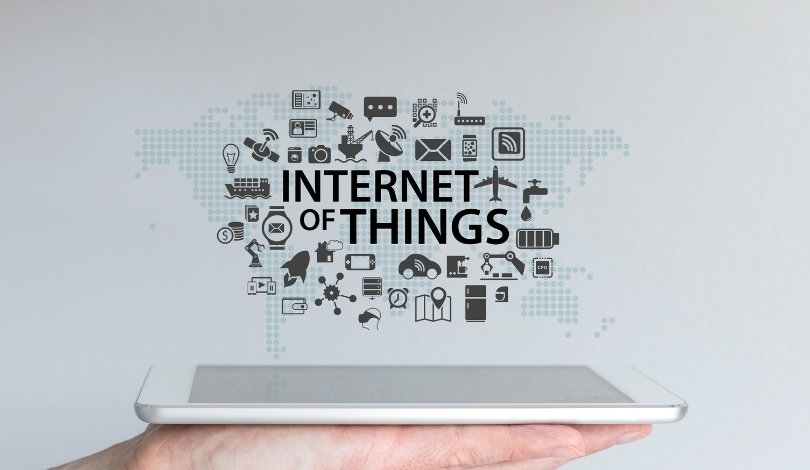The future of IoT connectivity is set to be largely influenced by 5G technologies, as highlighted by a recent analysis from Transforma Insights. This comprehensive report delves into the projected revenue streams for Mobile Network Operators (MNOs) and offers insights into the role of 5G Stand Alone (SA) in shaping the IoT landscape. As industries continue to adopt IoT solutions, understanding the financial implications of 5G advancements becomes crucial for stakeholders.
Transforma Insights’ findings present a clear trajectory for 5G’s role in IoT, emphasizing its dominance in connectivity revenue. This projection aligns with previous studies that have underscored the importance of 5G in facilitating a wide range of IoT applications. However, the nuanced analysis provided by Transforma Insights offers a more detailed outlook on how specific 5G features will contribute to revenue streams.
Why Will 5G Account for Over 80% of IoT Revenue?
The report indicates that by 2040, over 80% of IoT connectivity revenue in Europe and the US will stem from 5G networks. This predominance is largely attributed to the future-proofing of existing LTE spectrum rather than a surge in demand for advanced 5G SA functionalities. As LTE is phased out, 5G becomes the default choice for IoT connectivity, ensuring continuity and reliability for MNOs.
Does Advanced 5G SA Functionality Drive MNO Revenue?
Despite the widespread adoption of 5G, the impact of 5G SA on MNO revenues remains modest. Only 0.4% of a typical MNO’s revenue in 2040 is expected to derive directly from 5G SA functionalities. This limited contribution suggests that while 5G SA offers specialized capabilities, they do not significantly enhance revenue compared to the broader adoption of 5G for standard IoT applications.
What Are the Key Opportunities for 5G SA in IoT?
The primary opportunity for 5G SA lies in purpose-specific network slices tailored for unique requirements such as low latency or high bandwidth. These dynamic slices represent half of the 5G SA revenue potential. Additionally, emergency services offer niche opportunities, although the revenue impact remains relatively small. Overall, the specialized use cases of 5G SA contribute to its role without drastically altering the revenue landscape.
The analysis by Transforma Insights emphasizes that while 5G is essential for the future of IoT, the financial benefits of advanced 5G SA features are limited. MNOs may need to explore other avenues beyond IoT connectivity to maximize their investments in 5G infrastructure. Diversifying revenue streams through mobile broadband, fixed wireless access, and data analytics could provide more substantial returns.
As the transition from LTE to 5G accelerates, the reliance on 5G for IoT connectivity will inevitably increase. However, the economic incentives for MNOs will predominantly come from the broader adoption of 5G rather than the advanced features of 5G SA. Stakeholders should consider these insights when planning their future investments and strategic initiatives in the IoT domain.










